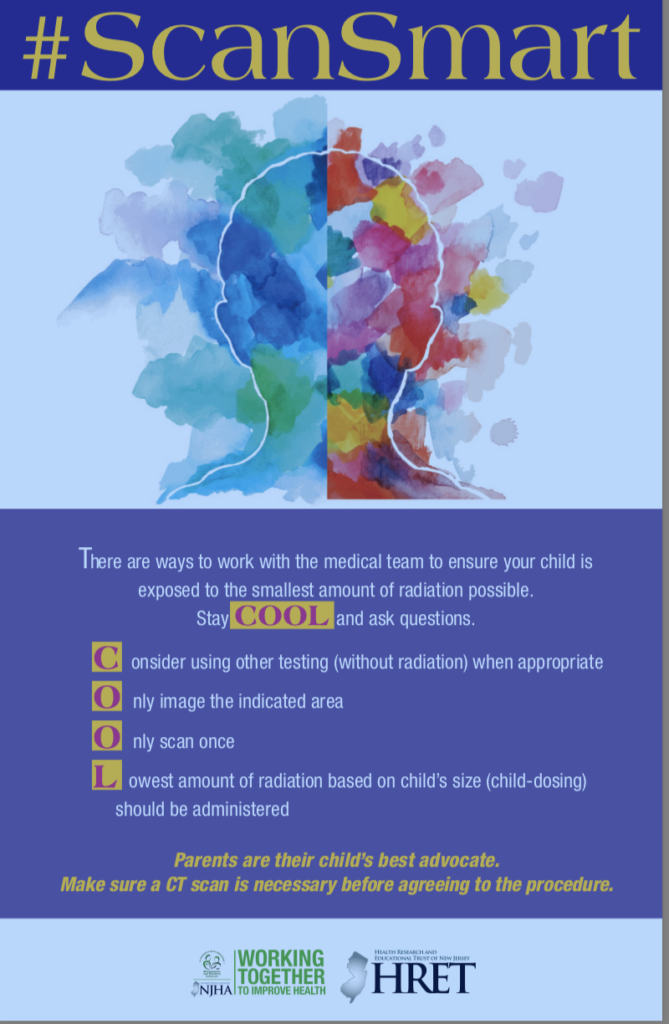Point of Care Ultrasound (POCUS) Training Curriculum
Despite the growing use of ultrasound, there have been no published guidelines specific to pediatric emergency medicine. R Baby is investing in this important medical diagnostic tool through the grant Point of Care Ultrasound (POCUS) Training Curriculum at Rutgers Robert Wood Johnson Medical School in Association with Bristol-Myers Squibb Children’s Hospital, Robert Wood Johnson University Hospital led Dr. Ernest Leva.
Ultrasound is an important tool in identifying and treating children. POCUS has a specific focus for the use of ultrasound in the pediatric emergency department. As a teaching hospital, not only will this training impact current staff, it will reach residents who will ultimately work at different institutions thus sharing this training across the country.
Ultrasound in ER care for children
- can be done quickly at bedside to expedite clinical decision-making.
- reduces healthcare costs by reducing the need for more invasive, expensive and potentially unnecessary procedures.
- reduces the need to transport a patient outside of the emergency room thus reducing time to diagnosis.
- allows examinations to be repeated since there is no ionizing radiation exposure.
POCUS use in the PED is becoming the standard of care to guide invasive procedures, quickly focusing the evaluation of critically ill patients and driving the adoption of bedside ultrasound by pediatric physicians making care safer, more efficient, and less costly by guiding decision making and reducing complications associated with procedures.
There is substantial emerging evidence that supports the benefits of emergency ultrasound (EUS) use for pediatric patients. EUS has the potential to improve emergency care, specifically in pediatrics. Due to the differences between pediatric and adult patients, the guidelines established by the American College of Emergency Physicians (ACEP) will differ for pediatric patients. Despite the growing use of POCUS by pediatric emergency medicine (PEM) physicians, there have been no published guidelines specific to PEM. The indications in the existing policy statements are written for emergency physicians who predominately care for adult patients. Literature supports the ability to accurately diagnose time sensitive and common ED conditions, which will decrease length of stay and reduce complications while caring for the sickest and most complex pediatric patients.
This POCUS curriculum will keep faculty current with the safest, most efficient, state of the art technical advances in ultrasound technology and includes:
- an introduction to emergency ultrasound,
- monthly didactics (including online modules, video training, in person presentations and hands on sessions),
- hands on scanning instruction sessions (include training on computer modules, educational scans in the PED, and scans during clinical shifts),
- scheduled scanning time,
- timely image review of individual scans with feedback on image quality and interpretation,
- monthly journal club sessions to discuss emerging applications or new evidence,
- participation in outside courses when applicable,
- and acquisition of educational resources.
Upon completion of the course, there will be a competency assessment that will focus on image acquisition and image interpretation. The technical aspects of the image acquisition and quality are evaluated on probe selection, machine setting, technical skill, quality of image, and inclusion of minimum images for specific applications. The assessment of image interpretation will focus on the decision-making skills using the emergency ultrasound (EUS) images or video clips.
The collaborative’s first goal was to standardize protocols across New Jersey hospitals for head CT scans in children, not only the decision-making process on when a scan was warranted, but also the proper dosage levels for children. The collaborative adopted clinical observation criteria and an algorithm from the Pediatric Emergency Care Applied Research Network to define when imaging is medically indicated. NJHA created a laminated pocket card of the algorithm and shared it with emergency room physicians and nurses across the state. Collaborative members also joined with NJHA in a number of education programs on best practices.
Twelve months later, new data shows that avoidable pediatric head CT scans decreased by twenty-five percent in New Jersey hospitals, translating to 956 unnecessary scans that were avoided. The radiation of a CT head scan for concussions equals 200 chest x-rays.
Now entering its second year, the collaborative’s focus has shifted outside the hospitals’ walls into the community. A new #ScanSmart toolkit developed by NJHA and helps healthcare providers educate parents, coaches, trainers and others with posters and pamphlets highlighting both the benefits and risks of CT imaging.
The collaborative encourages parents to talk with their children’s physicians about the COOL approach:
Consider using other testing (without radiation) when appropriate
Only image the indicated area
Only scan once
Lowest amount of radiation should used, based on child dosing
Read more here.
